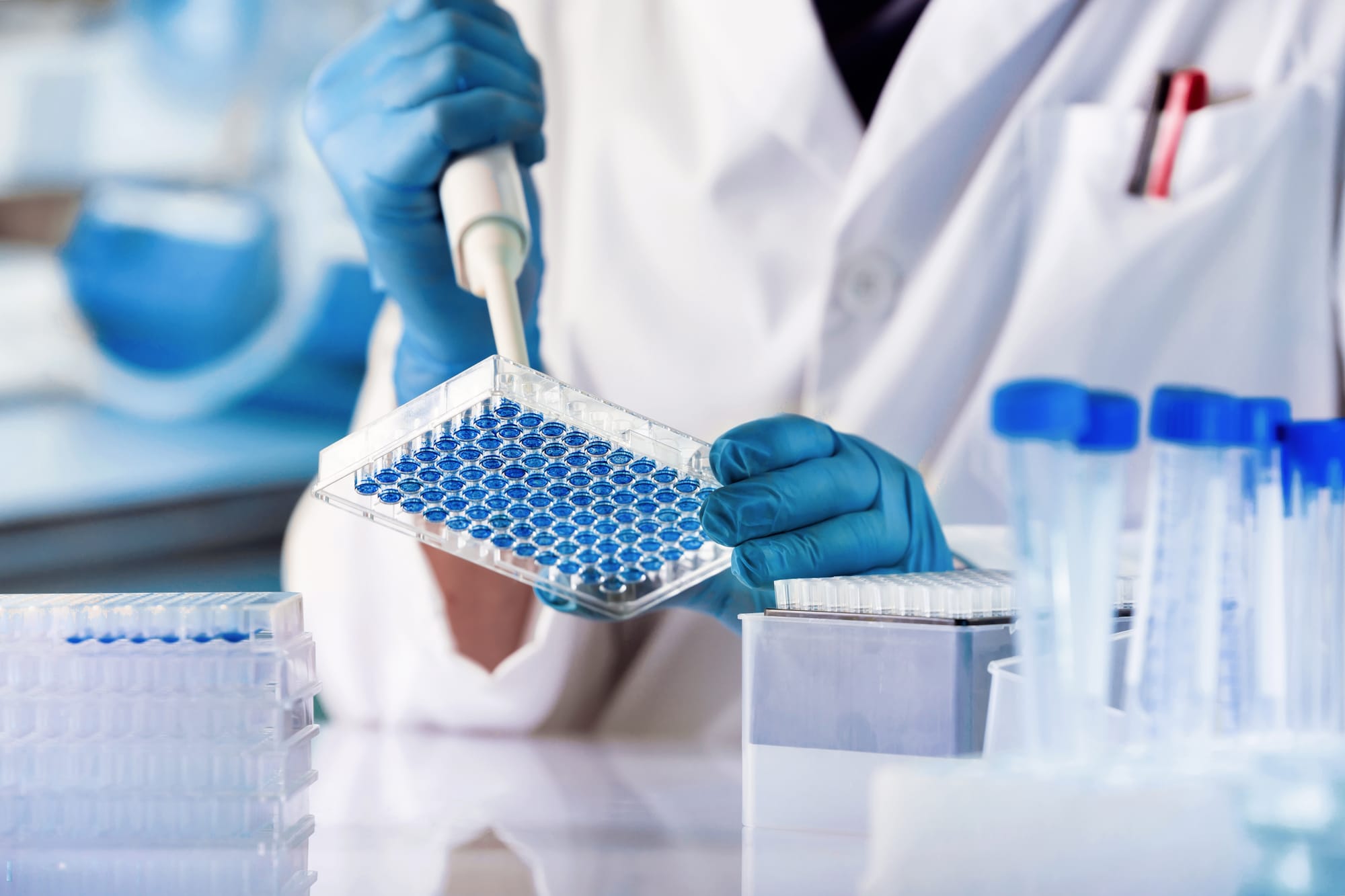At the heart of modern medicine's most groundbreaking advancements lies gene therapy — a beacon of hope for millions. This approach involves adjusting or changing genes to help treat illnesses. So, what is gene therapy, and how does it function? Let's get into the details.
Gene Therapy Introduction: A Primer
Gene therapy is a cutting-edge approach to treating diseases by targeting genes directly. Instead of just dealing with the symptoms, it aims to tackle the root cause by focusing on our genes. This method tries to “change” or adjust genes to help heal or treat health issues. So, what is gene therapy really about, and how does it function?
Let's look closer.
Decoding Gene Therapy Techniques
Gene therapy operates through a few key techniques – each designed to address genetic anomalies at their root.
One approach involves replacing a disease-causing gene with a healthy counterpart, effectively correcting the genetic error.
Another method focuses on inactivating (or "knocking out") a malfunctioning gene that's causing disease. Additionally, gene therapy can introduce new or modified genes into the body, offering a novel way to treat disease.
The Arsenal of Gene Therapy
The tools and products developed for gene therapy are as diverse as the conditions it aims to treat. These include:
Plasmid DNA: Engineered circular DNA molecules that ferry therapeutic genes into human cells.
Viral Vectors: Modified viruses, rendered harmless, that deliver therapeutic genes into patient cells.
Bacterial Vectors: Bacteria, reprogrammed as gene carriers, transport therapeutic genes into human tissues.
Human Gene Editing Technology: This cutting-edge technique disrupts harmful genes or repairs mutated ones.
Patient-derived Cellular Gene Therapy Products: A personalized approach where a patient's cells are genetically modified and reintroduced into their body.
Two Paths to Healing: Ex Vivo and In Vivo Gene Therapy

Gene therapy can be categorized into two major types based on where the genetic modification takes place. In ex vivo gene therapy, cells are modified outside the body before being reintroduced to the patient. In vivo gene therapy, on the other hand, cell modification occurs directly within the body, offering a different approach to genetic modification.
Regulation and Oversight: Ensuring Safety and Efficacy
The path to bringing gene therapy products to market is rigorously regulated, primarily by the FDA’s Center for Biologics Evaluation and Research (CBER). Before clinical trials can begin in the U.S., researchers must submit an investigational new drug application (IND).
In addition to that, marketing a gene therapy product requires the approval of a biologics license application (BLA), which ensures that treatments are safe and effective.
The Promise of Gene Therapy Across Diseases
Gene therapy's potential extends across a wide range of diseases. This includes (but is not limited to) cancer, genetic disorders, and infectious diseases.
Its versatility and ability to target diseases at their genetic origin make it a focal point of medical research and a beacon of hope for future treatments.
To Sum it Up…
Understanding and being able to define gene therapy is like opening the door to tomorrow's medicine — a future where genetic disorders aren't lifelong burdens and treatments are customized for each person's genes.
As we finish our thorough look at gene therapy basics, it's obvious we're on the edge of a big change in medicine. With each discovery and “successful” treatment, we get closer to a future where we can tackle diseases right at their genetic root. Gene therapy is an exciting area of medicine with the power to change how we treat many health issues and to better the lives of patients everywhere. Looking into gene therapy's details – from how it works to how it's regulated – shows us how full of possibilities this area is.




